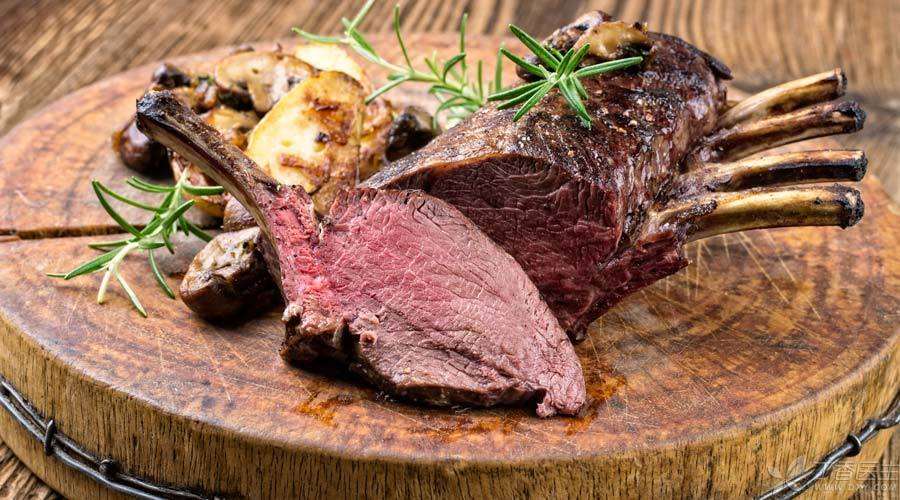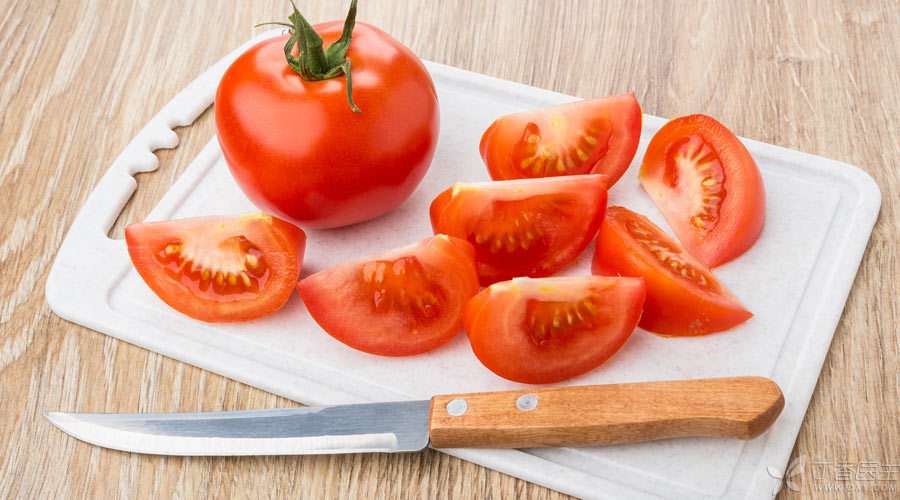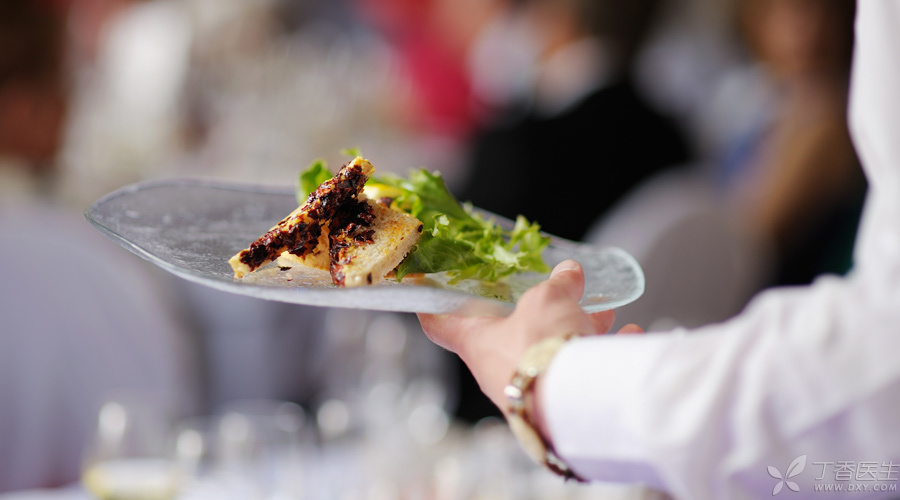As an important kitchen tool, the chopping board will come into close contact with many ingredients, but there is news that:
The chopping board is dirtier than the toilet lid and even moldy, producing carcinogens.
Feeling unable to eat (‘-‘).
In fact, this statement is a bit exaggerated. However, the quality of the chopping board is really very important. After all, it is quite depressing to eat chopping board fragments in the meal.
Today, Dr. Clove will tell you that what chopping board is a good chopping board.
Wooden chopping board
Wooden chopping boards should be the most widely used chopping boards in China. Common chopping boards include juniper, ginkgo, willow, elm, etc. They are soft in texture, moderate in water absorption and good in elasticity.
In addition, there are also some hard wood that can be made into chopping boards, such as maple, black walnut, cherry wood, oak, etc., which have low water absorption and are not easy to crack, and are very beautiful for posing.
For those who often chop and chop, wooden chopping boards can hardly be used better, for example:

Note: Afraid of humidity and easy to grow mildew.
If not properly maintained, wooden chopping boards will breed mold, affecting their service life and human health.
Bamboo chopping board
In addition to wooden chopping boards, bamboo chopping boards are also quite popular choices.
The fiber of bamboo is tough, hardness increases after processing, and it is very resistant to chopping. Moreover, the water absorption is low, it is not easy to mold, and the applicability is very high. However, bamboo chopping boards are easy to slip food materials and are unfriendly to knives. If your knives are relatively advanced, it is best not to choose bamboo chopping boards.
Note: Be careful of formaldehyde in bamboo chopping boards.
In the process of making bamboo chopping boards, it is usually necessary to use adhesives for splicing, and most of the adhesives are urea-formaldehyde resin glue produced with formaldehyde as the main raw material, so bamboo chopping boards may have trace formaldehyde. If the bamboo chopping boards purchased have a large peculiar smell, it is recommended to put it in a ventilated place for a few days to let the smell volatilize before use.
Plastic chopping board
The main raw materials of plastic vegetables are polyethylene (PE) and polypropylene (PP). The chopping board made of this material is not absorbent of water, has medium hardness, is convenient and light, is not easy to grow mildew, and is simple to maintain. However, it is not very wear-resistant and will drop chips when used for a long time.
In addition, plastic chopping boards are not easy to clean after handling high-fat foods, nor are they resistant to high temperature and direct sunlight. If antibacterial ingredients are not added, bacteria can easily breed.
Note: Don’t buy unreliable brands.
Although the material of plastic chopping boards is relatively safe, the State General Administration of Quality Supervision, Inspection and Quarantine found that there are actually many problems with plastic chopping boards when inspecting plastic products on the market. The most critical two points are:
- Will fade; Some unknown components dissolved out.
From a safety point of view, Dr. Clove does not recommend the use of plastic chopping boards. If you want to buy, try to find large businesses to buy big brand products.

Synthetic chopping board
With the birth of various new materials, chopping boards have gradually embarked on a high-tech road, such as the recently popular synthetic chopping boards.
There are mainly two kinds of synthetic chopping boards: plant fiber synthetic materials and all-artificial synthetic materials. The advantages of synthetic chopping boards are very prominent: less water absorption, less dandruff removal, friendly to knives, and no slipping of food materials. Some synthetic chopping boards have anti-skid and antibacterial treatment on their surfaces, which will be healthier to a certain extent.
However, synthetic chopping boards also have their disadvantages: the price is high (several hundred dollars each) and they cannot do big work. It is no problem to cut vegetables everyday, but if you want to cut bones and ribs, you should not use them. Each knife seal is silver.
Note: Check whether there is antibacterial function when purchasing.
The chopping board made of synthetic materials does not have antibacterial function itself, but depends on the manufacturer to add antibacterial materials on the surface. Without this layer of materials, the cost performance of the chopping board made of synthetic materials is not very good.
Glass chopping board
Glass chopping boards… are useless in comparison.
The advantages are that the material is hard enough, does not drop chips, is beautiful and wear-resistant, is simple to clean, and has high safety.
However, that disadvantage are particularly obvious: fragile, very, very, very wounding knife
Note: Don’t buy [crystal glass].
Some people think that crystal glass sounds more [upscale], but in fact, the main component of crystal glass is lead oxide, which may dissolve out and enter food. So if you want to buy glass chopping boards, it is good to choose ordinary glass products.

Comprehensive Recommendations
When choosing a chopping board, three factors should be considered: material, use and safety.
The best performance of the above chopping boards is wooden chopping boards and synthetic chopping boards.
Dr. Clove suggested preparing at least two pieces: a high-quality wooden chopping board for chopping meat and chicken; Prepare a medium and high-end synthetic resin chopping board to cook vegetables and other ingredients.
In addition to choosing materials, the daily use and maintenance of chopping boards are also very important:
Separate raw and cooked, clean and dry, hang and erect, clean before use, and maintain regularly.
